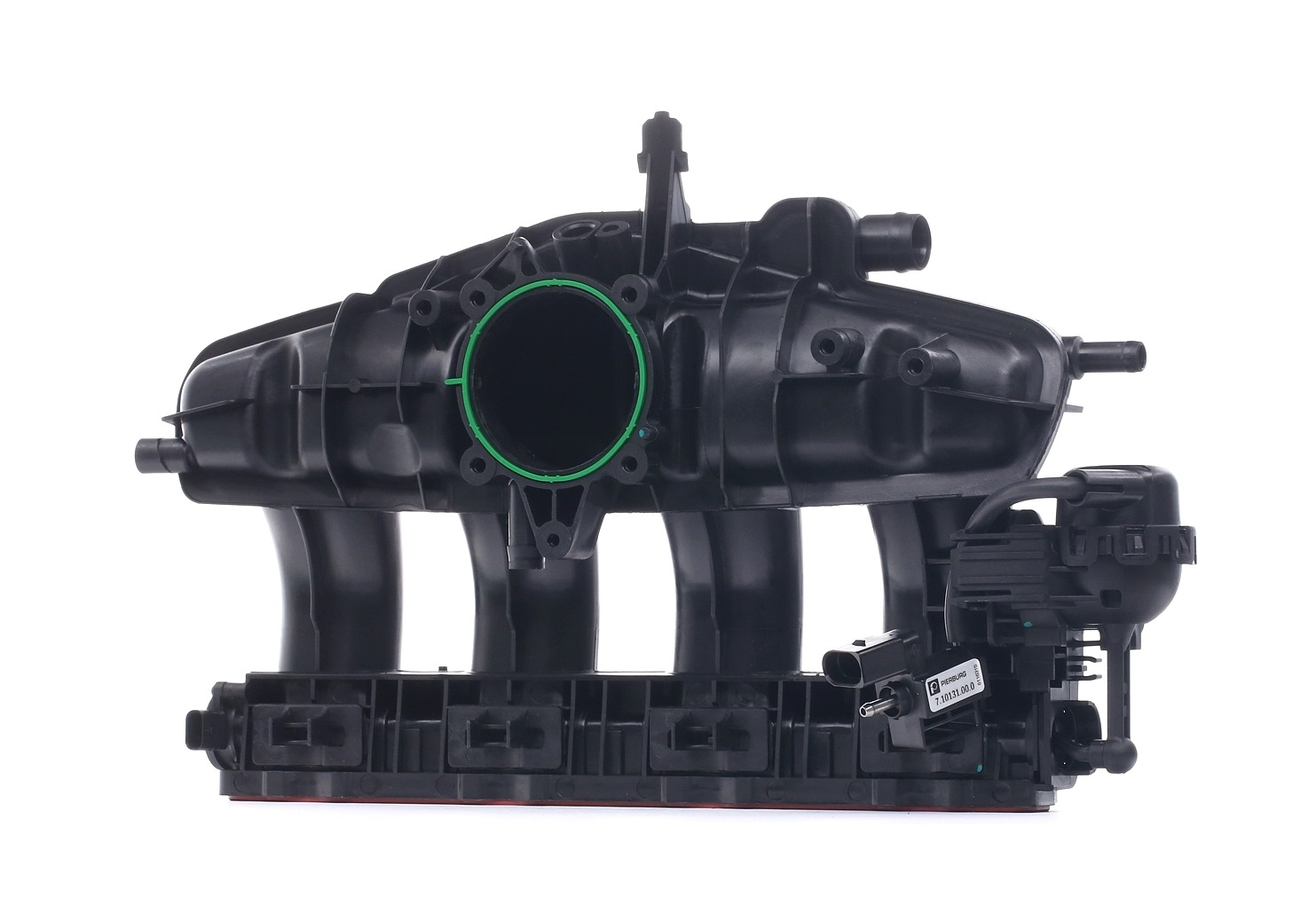Table of Contents
How to clean car exhaust tips
Why bother cleaning the exhaust tip?
Under normal driving conditions, most car exhaust parts don’t need to be cleaned due to the high temperatures of the engine and exhaust gases. Most of the soot and deposits are burnt away and moisture evaporates or is drained away. However, the exhaust tip, a.k.a. the tailpipe, is arguably much more vulnerable to rust and contamination.
This is, for the most part, due to its location. As well as being more exposed to the elements, it is the furthest away from the hot engine, meaning that it is typically cooler than the other components. As the exhaust gases pass through the tailpipe, they start to cool down, resulting in condensation. Combine this with soot and other contaminants such as grit and mud, and you’re left with a dirty, unpleasant residue.



Maintaining a clean tailpipe is not only aesthetically important, but it will also prevent it from corroding. Once rust sets in, it can start to spread to other key metal car parts, which means more effort for you and more expensive repairs. It may also help to prevent bad odours and reduce the amount of sooty exhaust smoke emitted.

How to clean exhaust tips
While different metals may have slightly different requirements, the procedure for cleaning the various types of car exhaust tips is generally the same.
The best way to clean exhaust tips
What you’ll need:
- A mild car wash soap
- 2 microfibre cloths
- A cylindrical brush
- A cleaning sponge
- Ultra-fine steel wire wool
- Degreaser
- Metal polish
1. Wash with soapy water
You can start by mixing together a solution of car wash soap and warm water. Using the soapy water, wash the surface with a simple car cleaning sponge or a clean microfibre cloth. Use a brush to clean deep inside of the tailpipe.
2. Apply the degreaser
Following the product’s instructions, apply a degreaser or an all-purpose automotive cleaner and leave it to set for the time specified. Then, using the steel wool, gently scrub the surface in circular motions to remove tough stains. Once you’ve done this, rinse and dry if necessary.
3. Apply the polish
Carefully follow the manufacturer’s instructions to apply the polish. Make sure to wear protective gloves while applying it. Once it has set, use a clean, dry microfibre cloth to buff the surface.
 PIERBURG Intake Manifold, air supply
PIERBURG Intake Manifold, air supply

 PIERBURG Fitting, intake manifold
PIERBURG Fitting, intake manifold
 BOSAL Exhaust Pipe
BOSAL Exhaust Pipe
How to clean chrome and stainless steel exhaust tips
The two most common types of tailpipes are made from either chrome or stainless steel. Chrome is popular for its shiny, mirror-like appearance and is fairly cheap to produce. The main downside is that it is less durable than other materials like stainless steel and titanium, and is therefore easier to scratch during cleaning.
It is therefore recommended to use a microfibre towel, steel wool, and chrome-specific polish to avoid damaging the surface. You should also make sure to avoid excessive scrubbing when removing dirt and grime to maintain the chrome finish.
Stainless steel exhausts, on the other hand, are known for their durability and resistance to corrosion. While the finish may not be as glossy as a chrome finish, it should be easier to maintain. However, it is still advisable to use a mild metal polish and non-abrasive cleaning materials.
In some cases, such as cases of severe rust, it is better to install a new component. To find a compatible exhaust tip for your vehicle, simply enter relevant details online, such as the vehicle make and model and name of the part (e.g. “BMW 1 Series exhaust”), or specific data, including the VIN or OE part number.
Top products related to this topic:













